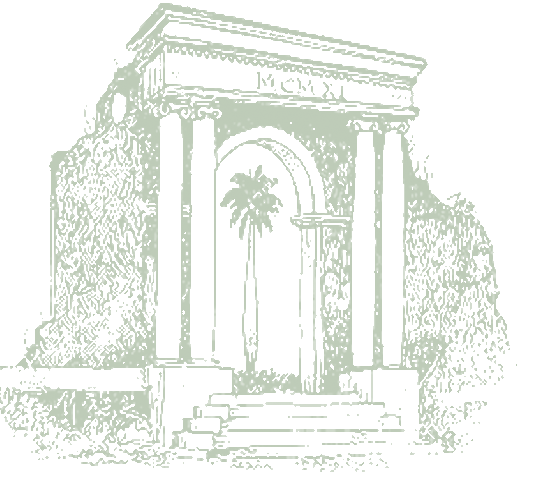Basic InformationResources for all UPRMResources for ResearchersTools and ChecklistsTraining and Consultation |
This material is adapted from the basic design and content of Stanford University's Decision Tree. We appreciate Stanford University in granting us permission to use its content for the benefit of the University of Puerto Rico at Mayagüez.United States export controls exist to protect the national security and foreign policy interests of this country. Export controls govern the shipment, transmission, or transfer of certain sensitive items, information or software to foreign persons or entities. Where applicable, they may require authorization from the US Government in the form of an export license. Most of the items, information or software that UPRM ships or shares with its colleagues and research partners is not of a nature that would be restricted for these purposes, nor are they destined for countries or individuals subject to US embargoes or sanctions. UPRM however is required to exercise due diligence, and this Decision Tree has been crafted by Stanford University for the purpose of complying with US trade law while preserving openness in research. These pages will walk you through a series of "Yes" or "No" questions, leading to a determination of whether or not an export control license is applicable to any particular situation. Remember that export controls may apply when an item, information or software is being sent outside US borders, OR when it is being shared with "foreign persons or entities" in the US. A "foreign person" is anyone who is not a "US person." A US person is a citizen of the United States, a lawful permanent resident alien of the US (a "green card holder"), a refugee, protected political asylee or someone granted temporary residency under amnesty or Special Agricultural Worker provisions. The word "person" includes organizations and entities, such as universities. The general rule is that only US persons are eligible to receive controlled items, information or software without first obtaining an export license from the appropriate agency. You may find it useful to note that export controls are frequently, but not exclusively, associated with items, information or software within the following general areas:
The questions in this Decision Tree use terminology derived from the regulations of the US Departments of State, Commerce and Treasury. These questions ask about sharing, shipping, transmitting or transferring any items, information or software. Violations of these export control regulations can lead to significant civil and criminal penalties.
As you go through these questions, you may have additional questions of your own, please do not hesitate to contact Dr. María Amador-Dumois, Interim Export Control Officer, Research and Development Center, at extension 5344 and via e-mail at exportcontrols@uprm.edu.
|


